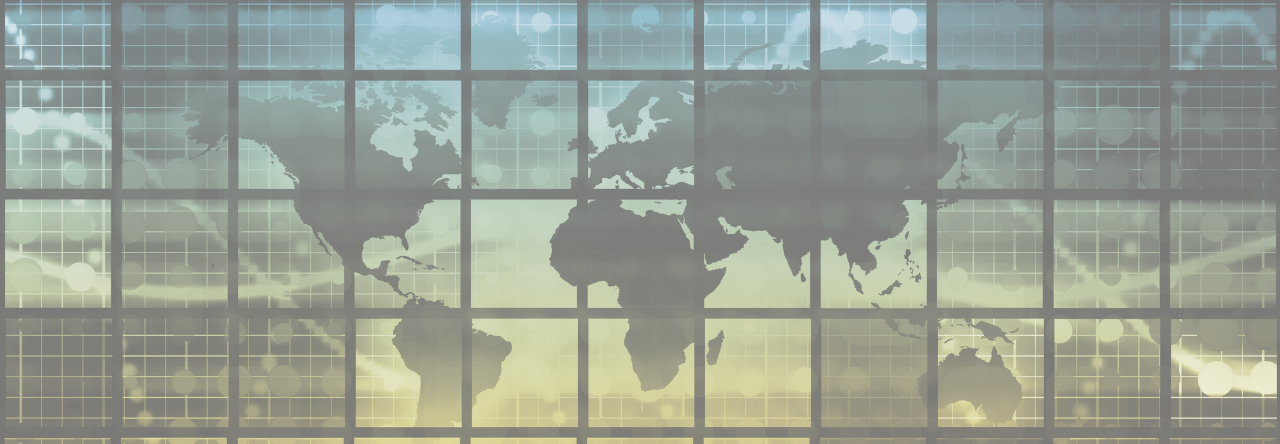Dix mois après la chute de Ben Ali, les Tunisiens étaient appelés aux urnes dimanche 23 octobre pour élire une Assemblée constituante. Avec une participation de plus de 70%, cette élection est déjà présentée comme un « triomphe« . Pourtant, le score important du parti islamiste Ennahda suscite des inquiétudes, tant en Tunisie qu’au sein de la communauté internationale.
C’est dans ce contexte que nous vous invitons à (re)lire un texte publié dans Politique étrangère en 1995 : « La spécificité tunisienne en question« , écrit par Nicole Grimaud, spécialiste du Maghreb.
Depuis 1988, l’Algérie se débat dans une crise tout à fait atypique qu’un pouvoir divisé a aggravée par ses nombreuses manipulations. La Tunisie a géré de façon infiniment plus réfléchie une menace islamiste déjà présente à la fin de la présidence Bourguiba. Son originalité, depuis 1989, est d’avoir élaboré et expérimenté une formule globale susceptible de faire régresser l’islamisme en s’attaquant à ses causes profondes. Proche voisine de Algérie, elle ne peut éviter certaines incursions sur son territoire, mais la politique suivie lui confère une relative immunité qui devrait limiter les effets de contagion.
* * *
« Que deviendrait la Tunisie si cette Algérie indépendante était dominée par des extrémistes et non par des nationalistes modérés ? ». En ce début de 1995, la situation périlleuse de l’Etat algérien et l’attaque du petit poste frontière de Tamerza, le 11 février, revendiquée par un Groupe islamique armé (GIA) donnent un regain d’actualité à l’inquiétude qu’en février 1958, Habib Bourguiba confiait à Georges Gorse, alors ambassadeur de France à Tunis.
En effet, pour la Tunisie, dont toute la stratégie est de contenir fermement ses propres opposants islamistes, la montée du phénomène à travers le Moyen- Orient, et tout particulièrement chez sa voisine de l’ouest, aggrave un défi déjà bien présent. Aussitôt, se profile l’hypothèse d’un possible effet de domino, ou de tâche d’huile plus insidieuse. A l’examen, on ne peut privilégier l’idée d’incidences à sens unique. Dans un contexte de proximité aussi marqué, des rapprochements s’imposent entre des évolutions similaires parfois décalées dans le temps ; mais comment mesurer de réelles interférences ? Les cerner au plus près dans leurs dimensions interne, régionale et internationale fournit un angle d’approche inédit, susceptible d’éclairer une réalité parfois confuse.
Une sécurité extérieure compromise ?
Petit pays qui, au fil des découvertes pétrolières, s’est révélé infiniment moins bien doté que ses deux grands voisins de l’ouest et de l’est, la Tunisie s’est toujours trouvée contrainte de penser sa sécurité d’abord en termes de relations de proximité.
Tel était déjà le cas quand, au moment de la colonisation, elle apparaît coincée entre l’Algérie occupée par la France, en 1830, et la Province tripolitaine reprise en mains par les Ottomans, en 1835. On sait ce qu’il advint et comment la France, en 1881-1883, presque subrepticement, sous prétexte de réformes modernisatrices, étendit son protectorat sur la Tunisie.
Plus près de nous, la lutte de libération de l’Algérie a soumis à rude épreuve la toute neuve indépendance tunisienne. L’enjeu était double : éviter de se laisser entraîner contre son gré dans une guerre avec la France et entraver la collusion de l’Armée de libération nationale (ALN) algérienne avec les partisans de Salah Ben Youssef, rival malheureux mais très actif d’Habib Bourguiba. Ces préoccupations sont liées, car partageant le point de vue de Nasser, en faveur d’un embrasement général du Maghreb pour hâter le dégagement de l’Algérie, Salah Ben Youssef s’offrait comme allié aux nationalistes algériens. Très sensible à ce danger, Habib Bourguiba assortira donc de conditions et contrôles l’assistance accordée à l’ALN implantée sur son sol. Malgré le sentiment de solidarité fra ternelle animant le peuple tunisien, une aussi longue cohabitation forcée ne pouv ait échapper à des périodes de tension conflictuelle, les Algériens avouant qu’alors ils ne pouvaient s’empêcher d’être « un tantinet yousséjistes »…
Malgré la célébration symbolique de l’incident de Sakiet Sidi Youssef (sans équivalent du côté marocain), il est demeuré un malaise de part et d’autre. Cette contribution des Tunisiens à la guerre d’Algérie s’inscrit dans la mémoire nationale assortie d’une connotation mitigée. Traités de façon souvent cavalière par des hôtes imbus du caractère épique de leur révolution, les Tunisiens regrettent surtout le peu de reconnaissance que leur a valu leur hospitalité. Les lendemains de l’indépendance algérienne ont été marqués par une vingtaine d’années de relations teintées de méfiance, Ben Bella puis Boumediene appréciant peu l’orientation pro -occidentale de Bourguiba. La dernière séquelle en est le coup de Gafsa, en janvier 1980, où des « boumediénistes » sont impliqués dans une entreprise de déstabilisation montée par Kadhafi. Mais c’est aussi un point final. L’ère Chadli est l’occasion d’un nouveau départ. Le véritable rapprochement survient en 1983, prolongé par le geste du chef d’Etat algérien, rassurant, à sa demande, Bourguiba malade en 1984, jusqu’à devenir un quasi-allié de la Tunisie contre la Libye. Lors de la crise de l’été 1985, l’Armée nationale populaire (ANP) a prêté main forte à Tunis. La menace libyenne est aujourd’hui considérée à son plus bas niveau, par contre, de force protectrice, l’Algérie est devenue une cause de perturbation.




Vous devez être connecté pour poster un commentaire.